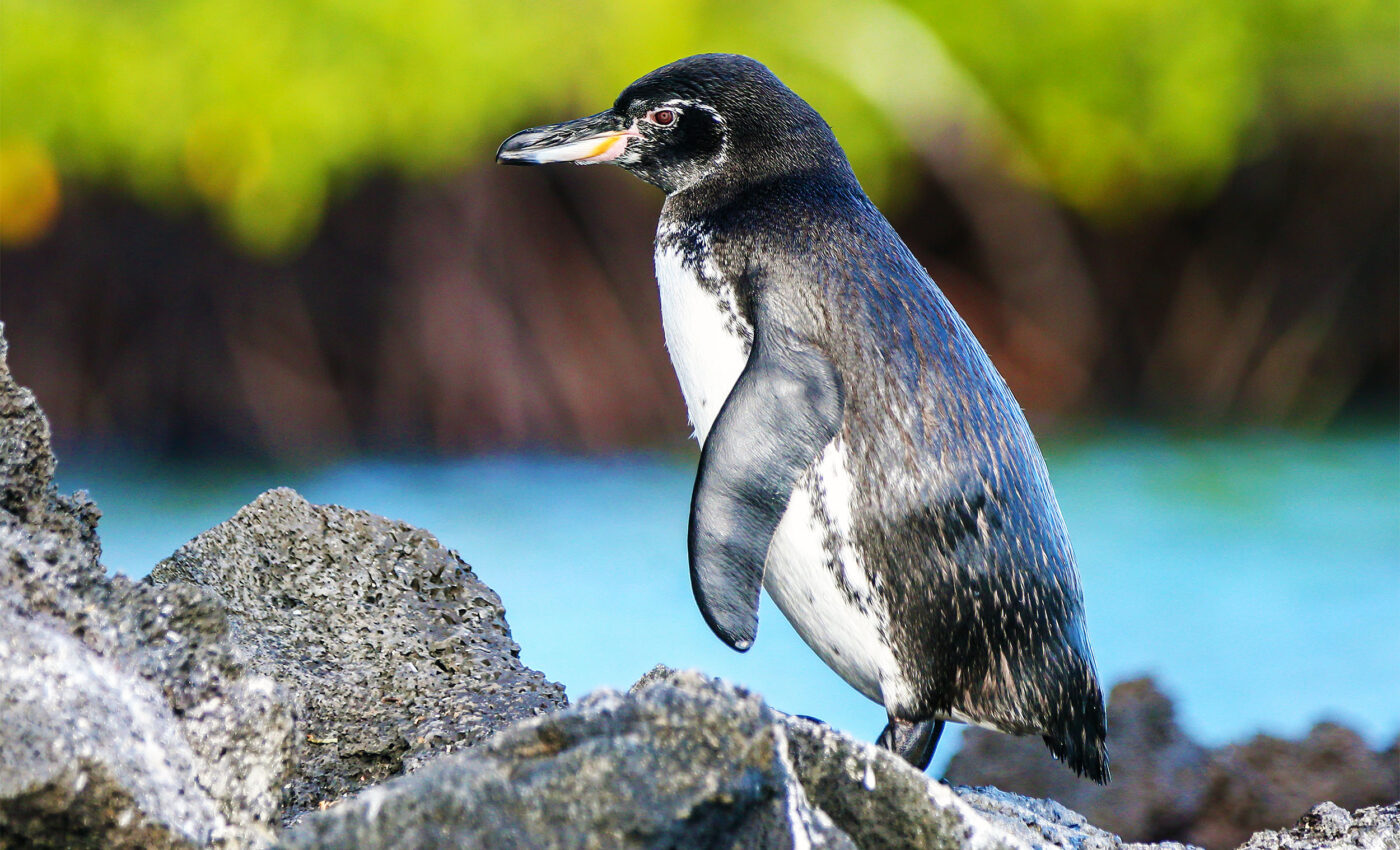
Galápagos penguins at risk from microplastics in polluted food web
Researchers from the University of British Columbia have found alarming evidence about the accumulation of microplastics in the food web of the Galápagos Islands. The study suggests that the endangered Galápagos penguin is the most affected by this growing environmental concern.
Environmental impact of microplastics
The research, led by Karly McMullen under the guidance of Dr. Juan José Alava and Dr. Evgeny A. Pakhomov, presents a concerning picture of the environmental impact of microplastics. These include small plastic particles less than five millimeters in size,
Microplastics have been a topic of increasing concern due to their pervasive presence in marine environments and potential impacts on wildlife.
Indicator species
The researchers’ focus on the Galápagos penguin (Spheniscus mendiculus) provides a critical view of how plastic particles are moving through and impacting a relatively isolated ecosystem.
This penguin, unique to the Galápagos Islands, serves as a key indicator for understanding the broader implications of microplastic pollution.
Focus of the study
The experts used two models to simulate microplastic movement within the food web, incorporating data collected around Santa Cruz Island in October 2021.
The island, home to human settlements and penguin colonies, offered a pertinent site for examining microplastic interactions between urbanized areas and natural habitats.
The researchers analyzed samples from various sources, including seawater, zooplankton, fish species that are part of the penguin’s diet, and penguin feces.
Alarming findings
Both models revealed a significant and rapid increase in microplastic accumulation within the first five years of an organism’s life. This was followed by a more gradual increase and eventual stabilization.
Notably, the Galápagos penguin exhibited the highest levels of microplastic per unit of biomass. This was followed by other species in its food chain, such as the barracuda, anchovy, sardine, herring, salema, and predatory zooplankton.
The researchers also predicted the biomagnification of microplastics across predator-prey relationships, highlighting the rate of excretion as a crucial factor in the net accumulation rate.
Key knowledge gap
McMullen emphasized the importance of understanding the behavior and residence time of microplastics within organisms.
“The model predictions highlight a key knowledge gap in microplastics science, specifically the accumulation behavior and residence time of microplastics in the gut,” said McMullen.
“With microplastics emerging as a prominent ocean pollutant, entering the environment every day, there is a growing concern for marine fauna and coastal wildlife. To understand microplastics’ effects on wildlife and food webs, future research must address how these diverse plastics behave after ingestion.”
Growing threat of microplastics
“The finding of microplastics in the Galápagos penguin, fish prey, and plankton that form part of its food web is undoubtedly worrisome because it shows the globalization of this emerging anthropogenic threat for the conservation of the Galápagos, proving that microplastics can reach isolated and protected areas, such as The Galápagos Archipelago, across thousands of kilometers,” said study co-author Hernán Vargas.
“Plastic pollution may also affect the public health of human residents inhabiting the islands. As a global threat to ecosystems, global remedies are required to solve it.”
Study implications
Study co-author Paola Calle noted that having demonstrated the potential bioaccumulation and biomagnification of microplastics in the Galápagos penguin food web alerts us to the potential that these microparticles have on entering and potentially exert adverse effects on the endemic and unique biota of the Galápagos.
“Therefore, we must raise awareness, actions and public policies that allow us to protect and conserve the endemic and native fauna of the islands.”
The study is published in the journal PLoS ONE.
Like what you read? Subscribe to our newsletter for engaging articles, exclusive content, and the latest updates.
—–
Check us out on EarthSnap, a free app brought to you by Eric Ralls and Earth.com.













